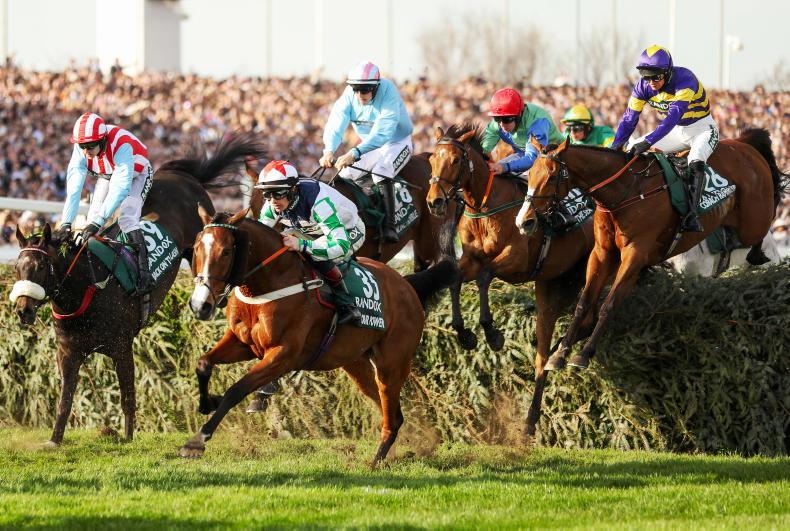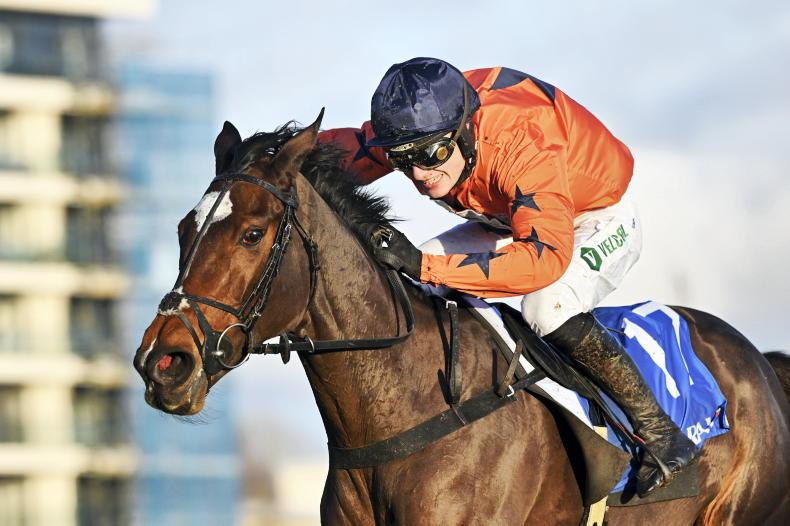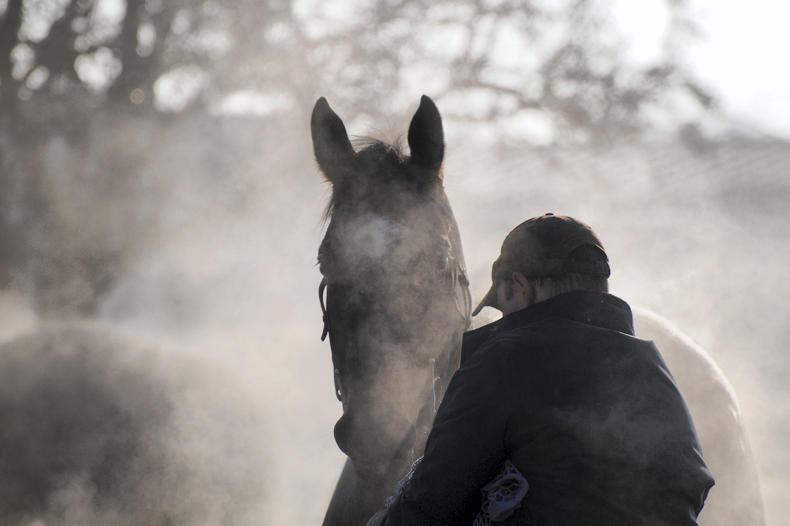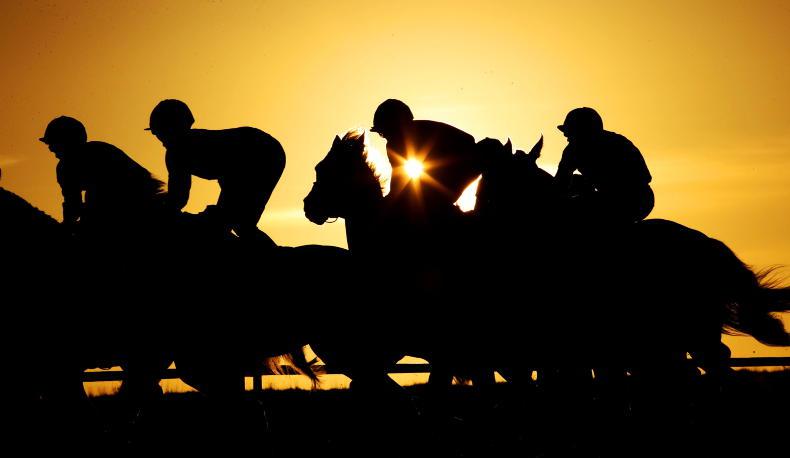THE headlines before and after the Grand National dealt more with the attempts of the activist group Animal Rising to disrupt the contest than the participants of the race.
But it’s clear when listening to the stated objectives of the group that any discussion on the race’s future, or further amendments to the fabric of the contest, must ignore their naïve and extreme views.
The idea that Animal Rising are somehow representative of the views of the non-racing public remains fanciful and gets traction only because such groups make easy narrative for lazy, black-and-white, nuance-free media representation.
When those behind Animal Rising have been given scope to expand on what their vision of an alternative world would be, it’s immediately obvious that their would-be utopia would be an unmitigated tragedy for the animals involved.
It would be easy to get side-tracked into what the true motivations of such groups are, but the primary point is that they have existed for a long time and are only given amplified voice now because of a prevailing trend in broadcast media to treat any serious subject in a purely tribalistic manner. The mistake we make too often is to respond to such bait.
Extremists
As followers of racing, there is a natural urge to defend the sport we love, but it’s pointless to get involved in fatuous arguments with extremists, and it’s dangerous to think that groups like Animal Rising need to be engaged at all.
It is, however, important that those who represent racing can present a cogent defence of the sport, and the initial discussion regarding the proposed protests and their motivation saw no representation from a recognised figure from within the sport.
Racing’s rulers should be thankful that the likes of Sally-Ann Grassick and Kevin Blake were quick to mobilise and establish Standup4racing.
In fairness to Julie Harrington’s BHA, they have made concerted efforts to show a commitment to horse welfare and have the figures to prove that racing does no represent an unacceptable risk to horses.
However, the organisation failed to get on the front foot before Aintree despite knowing that the race and the sport would come under attack, issuing a statement justifying their lack of participation in television debates (that term used very loosely) by saying they hadn’t been invited.
The words face and palm jump to mind. Harrington also “robustly condemned” the protests at the Grand National, falling into the politician’s trap of thinking you can improve the look of a poor performance by assigning your own adverbs.
She might as well have carried a sign saying, “Down With This Sort of Thing,” as Ted Crilly so robustly did.
Despite the coverage focusing on those intent on disrupting the race last weekend, with no thought given to whether a much-delayed start to the National would have serious implications for the participants themselves, the real conversations will be with organisations like World Horse Welfare.
That organisation supports the concept of responsible involvement of horses in sport and is committed to working with British horseracing to reduce the risks associated with jump racing, and the Grand National in particular.
Condolences
It’s worth noting what WHW chief executive Roly Owers said after the three-day meeting had concluded, issuing condolences rather than condemnation to the connections of the three horses killed at the meeting.
He also acknowledged that much has been done to reduce unnecessary risk while calling on more to be done, particularly in regard to a research project called the Jump Race Risk Model, which has gathered evidence to determine prevailing factors in fatal and non-fatal racing injuries.
Owers said in his assessment: “Overall, the types of questions that need to be considered are the number of runners, how to reduce the number of fallers, how to better manage loose horses and how to better manage the start.”
It’s hard to argue that those aspects of the Grand National don’t need to be looked at in light of the latest running, and we shouldn’t think doing so is appeasing the “antis” where the prospect of working proactively with WHW is infinitely more palatable than ploughing on regardless.
For my tuppence-worth, the elephant in the room is the insistence on a 40-runner maximum for the race despite many courses staging statistically safer flat racing having safety limits of considerably less than half that number.
The race is so competitive these days that racing on the outer half of the track is tantamount to schooling in public, whereas when Bechers’ had a huge drop on the inside it was not unusual to see runners spread out across the width of the track.
For me there must either be a way of runners utilising the width of the track without forfeiting a winning chance, or there must be a reduction in the number of runners, with most of the falls/unseats last week coming on the most congested part of the track, viz the inside.


 This is a subscriber-only article
This is a subscriber-only article
 It looks like you're browsing in private mode
It looks like you're browsing in private mode










SHARING OPTIONS: